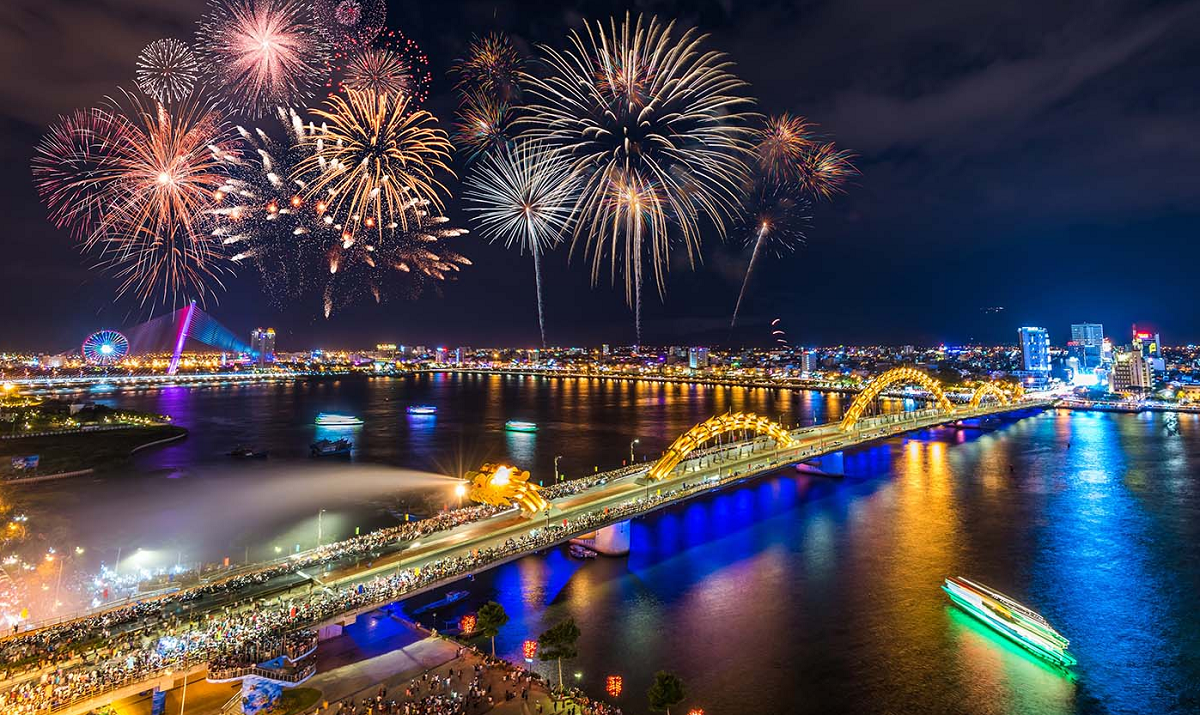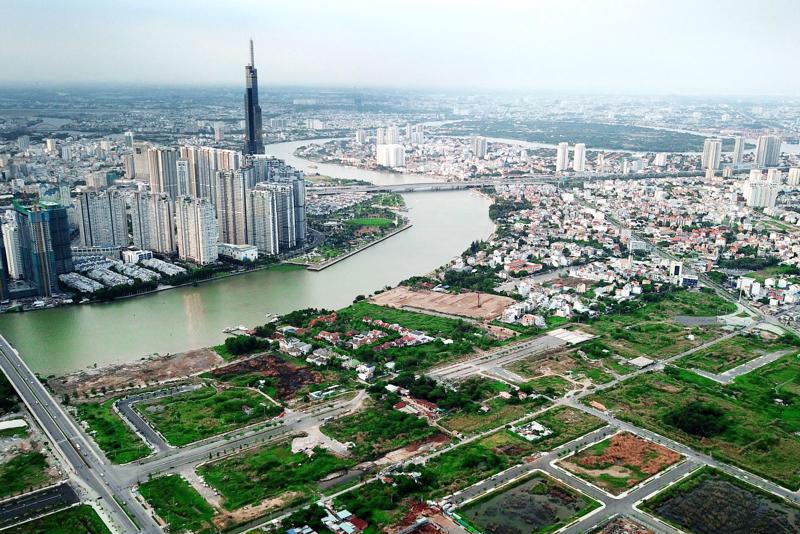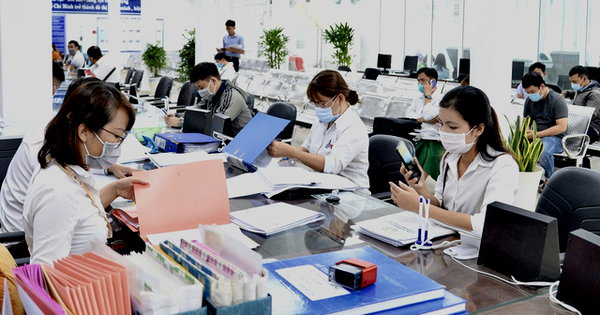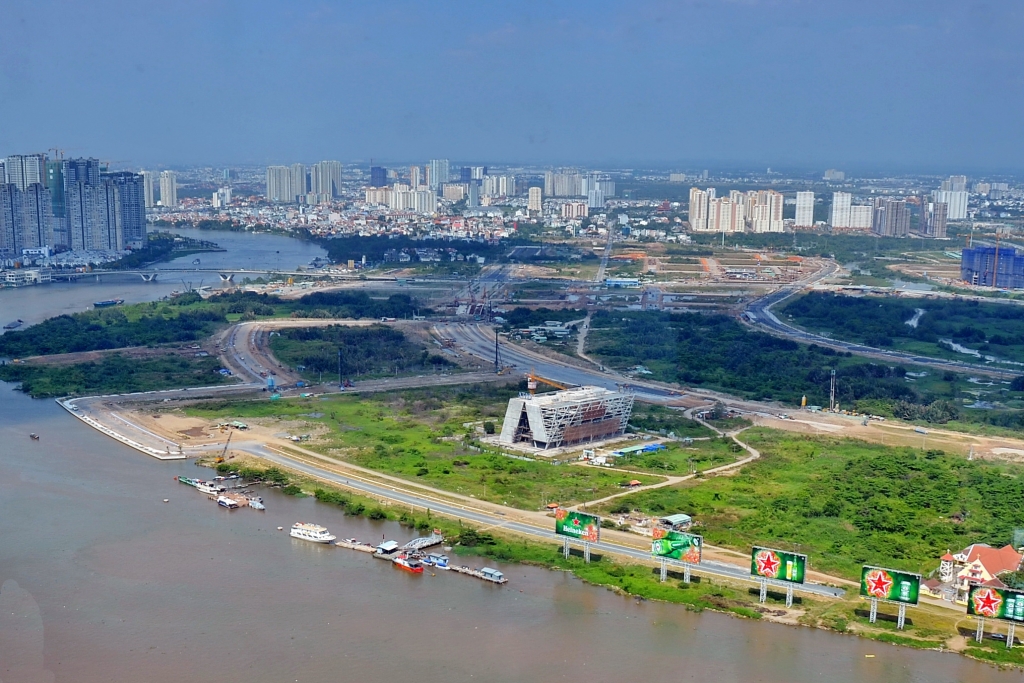07 key tasks in Da Nang City Planning according to Decision 1287/QD-TTg
What are key tasks in Da Nang City Planning for the period 2021 - 2030, vision to 2050 according to Decision 1287/QD-TTg? – Van Phuc (Da Nang)

07 key tasks in Da Nang City Planning according to Decision 1287/QD-TTg (Internet image)
Regarding this issue, LawNet would like to answer as follows:
On November 2, 2023, the Prime Minister issued Decision 1287/QD-TTg approving Da Nang City Planning for the period 2021–2030, with a vision to 2050.
07 key tasks in Da Nang City Planning according to Decision 1287/QD-TTg
Specifically, Decision 1287/QD-TTg outlined the key tasks in Da Nang City Planning for the period 2021–2030, with a vision to 2050 as follows:
(1) Restructuring and building a growth model towards adaptive transformation and fit with the new development stage, attracting resources, adjusting investment structure appropriately, improving investment efficiency, improving the competitiveness of the economy, promoting administrative reform, building e-government, and creating a foundation to improve autonomy and resilience to external impacts.
(2) Accelerate the growth rate of the industrial sector, especially high-tech industry and information technology, which is oriented to be one of the three pillars in the new era of Da Nang's economy.
(3) Promoting internal strength and geographical location advantages to develop service industries, focusing on tourism services and transportation and warehousing services; By 2030, Da Nang will become one of the tourism, transportation, and logistics centers and seaports of the country.
(4) Focus on developing Da Nang into a regional international financial center, forming a non-tariff zone and free trade zone, and developing high-quality information and communication technology, healthcare, education, and training services.
(5) Promote restructuring of the agricultural sector to improve value, competitiveness, and sustainable development.
(6) Urban development planning is based on international standards and the development principles of a modern city.
(7) Ensure effective use of natural resources, water resources, biodiversity protection, environmental protection, and adaptation to climate change.
Da Nang city development objective until 2030 according to Decision 1287/QD-TTg
(1) General objective
Building Da Nang city into one of the major socio-economic centers of the country and the Southeast Asia region as a center on startups, innovation, tourism, trade, finance, logistics, high-tech industry, information technology, supporting industries; one of the centers of culture - sports, education - training, high quality healthcare, science - technology development in the country; The center organizes regional and international events; Seaport city, international coastal urban area with the position as the nucleus of the urban chain and growth pole of the North Central region and Central Coast, the Northern Central Highlands region and reaching the level of the Asian region; Ecological, modern and smart urban, livable city; National defense, security and sovereignty over seas and islands are firmly guaranteed.
(2) Specific objectives until 2030
- Economic:
+ Economic growth rate reaches 9.5-10%/year and strives to reach 12%/year in the spirit of Resolution No. 43-NQ/TW dated January 24, 2019 of the Politburo, in which: The agriculture, forestry, and fishery sectors increased by 2.5-3%; industry—construction increased by 10–10.5% (industry increased by 11.5-12%); and services increased by 9.5–10%.
Economic structure: agriculture, forestry - fishery account for about 1-2%; industry - construction about 29-30%; services about 61-62%;productt tax minus product subsidies is about8–9%.
+ GRDP per capita (current price) is about 8,000–8,500 USD.
+ Total factor productivity (TFP) contributes 50–55% to economic growth.
+ Total number of visitors served by accommodation establishments increases by 17.5-18%/year; accommodation, food, and travel revenue increase by 12.5–13%/year; Logistics industry clusters account for about 10% of GRDP; the digital economy accounts for about 35–40% of GRDP, of which high-tech industry clusters, information technology, electronics, and telecommunications account for about 10-15%.
+ Budget revenue in the area increases by an average of 9-11%/year.
+ Total investment capital for social development increases by 11-12%/year.
- Regarding society:
+ Average population growth rate reaches 2.9%/year; of which the natural increase is about 1.35-1.4%/year. By 2030, the city's population will be about 1.56 million people, including the converted population of about 1.79 million people.
+ The rate of trained workers reached 78%, of which the rate of workers with degrees and certificates reached 66%.
+ Maintain universal 5-year-old preschool, universal primary education, and lower secondary education; 30–35% of preschools and 40% of high schools meet national standards.
+ 100% of communes and wards meet national health standards; reaching over 20 doctors/10,000 people; 70 hospital beds/10,000 people.
+ Maintain a reduction in the poverty rate according to the city's multidimensional poverty standard of 1-1.5%/year.
- Regarding infrastructure and urban structures:
+ The urbanization rate reached over 90%.
+ The ratio of traffic land to urban construction land reaches 23-26%, in which the proportion of land for urban traffic (taking into account inter-regional roads) reaches a minimum of 9–10% and the proportion of land for static traffic reaches 3-4% of the urban construction land area. The rate of public passenger transportation reaches 10–25% (including: urban buses, adjacent buses, and other modes of public and semi-public transport).
- Regarding environment:
+ 100% of the urban population is provided with clean water through the centralized water supply system; 100% of rural residents have access to clean, hygienic water.
+ The rate of daily solid waste collected and processed to ensure environmental technical regulations reaches over 97%; Invest in the new construction of domestic solid waste treatment facilities to ensure that the landfill rate after treatment does not exceed 20%; The rate of hazardous waste collected and treated according to regulations reached 100%.
+ 90% of urban domestic wastewater is collected and treated to ensure environmental technical regulations; 100% of production, business, and service zones and industrial clusters have centralized wastewater treatment systems that meet environmental technical standards.
+ Forest coverage rate reaches 45–47%.
- Regarding national defense and security: strive for 100% of communes and wards to achieve a comprehensive and strong base. Well perform the task of ensuring national defense, security, and protecting the sovereignty of the sea and islands of the Fatherland.
More details can be found in Decision 1287/QD-TTg, taking effect from the date of signing.
- Number of deputy directors of departments in Vietnam in accordance with Decree 45/2025/ND-CP
- Cases ineligible for pardon in Vietnam in 2025
- Decree 50/2025 amending Decree 151/2017 on the management of public assets in Vietnam
- Circular 07/2025 amending Circular 02/2022 on the Law on Environmental Protection in Vietnam
- Adjustment to the organizational structure of the Ministry of Health of Vietnam: Certain agencies are no longer listed in the organizational structure
- Vietnam aims to welcome 22-23 million international tourists in Vietnam in 2025
-

- Principles for implementing specific policies ...
- 17:21, 25/02/2025
-

- Schedule for Lunar New Year holiday in 2025 in ...
- 19:21, 01/01/2025
-

- Guidelines on the election, utilization, and management ...
- 09:30, 01/01/2025
-

- Vietnam: Key tasks in the preparation of the national ...
- 04:09, 11/07/2024
-

- Court in Da Nang, Quang Nam must limit the organization ...
- 11:52, 10/07/2024
-

- Notable new policies of Vietnam effective as of ...
- 16:26, 11/04/2025
-
.Medium.png)
- Notable documents of Vietnam in the previous week ...
- 16:21, 11/04/2025
-
.Medium.png)
- Notable documents of Vietnam in the previous week ...
- 16:11, 02/04/2025
-
.Medium.png)
- Notable new policies of Vietnam to be effective ...
- 16:04, 02/04/2025
-
.Medium.png)
- Notable new policies of Vietnam effective from ...
- 14:51, 21/03/2025
 (1).png)
 Article table of contents
Article table of contents
